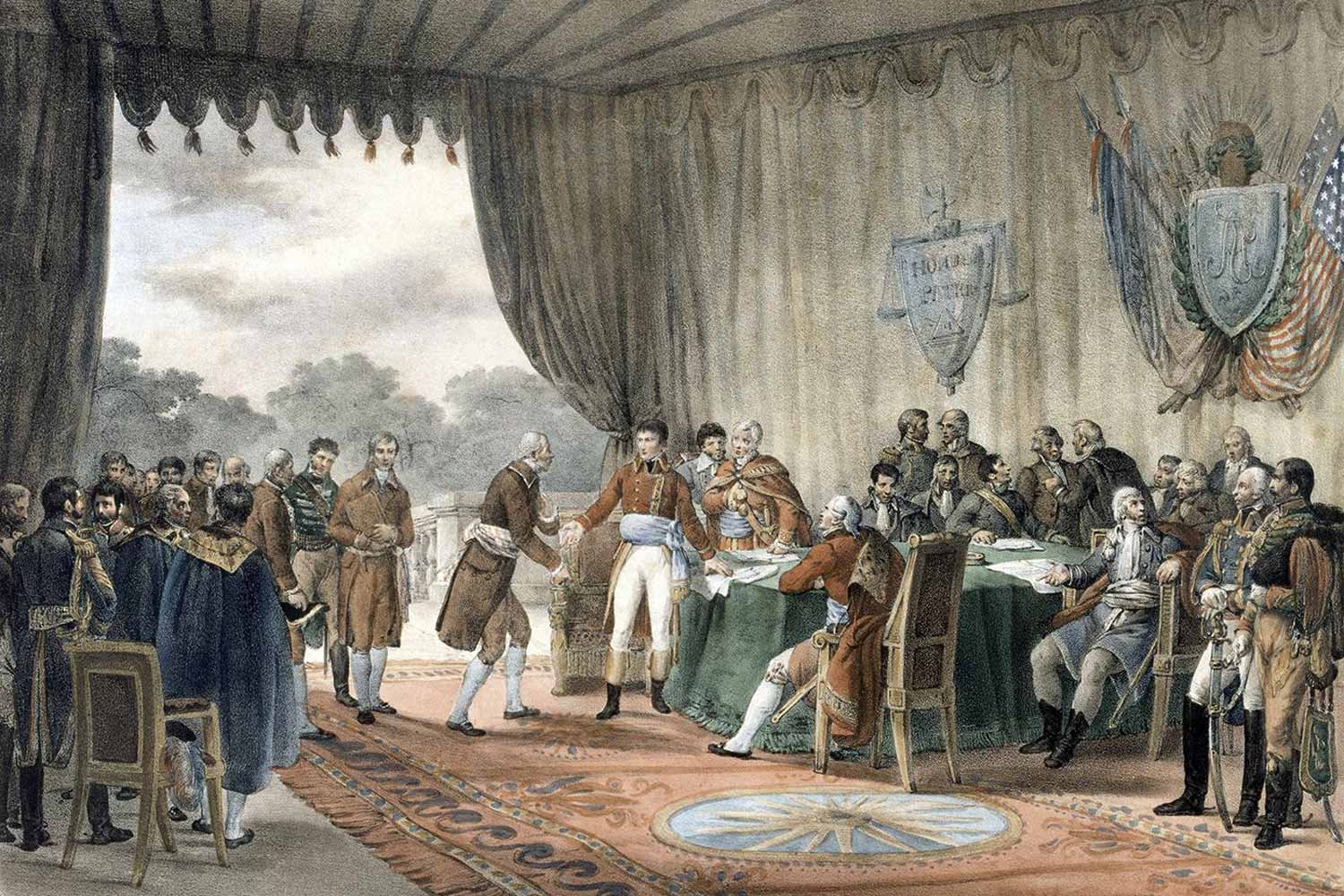John Adams, Our First Vice President
John Adams was our nation’s first Vice President and helped shape the responsibilities of the office. Moreover, as the tie-breaking vote in the Senate, Vice President Adams was instrumental in passing several key pieces of legislation and establishing important precedents.
Article II of the Constitution originally stated that when electing our President, electors from the various states would vote for their top two Presidential candidates. The top vote getter in this Electoral College would be declared President and the runner up would be named Vice President. (This procedure was modified by the Twelfth Amendment.)
In the first Presidential election, the electors met on February 4, 1789, and unanimously selected George Washington as President. The second highest vote getter was John Adams, thus becoming our first Vice President. While honored to be chosen, it would not be his favorite job.
Adams was a man who craved activity and involvement, as shown during his time at the Second Continental Congress and while an ambassador. Unfortunately, according to the Constitution (Article I, Section III), the only stated task of the Vice President is to cast the tie-breaking vote if a vote in the Senate results in a tie.
Like others in the new Constitutional government, Adams had to learn as he went along. During the opening months of the first Congressional session, Adams aggressively engaged in debates in the Senate. Naturally, the Senators resented his involvement in their discussions and told him so.
Eventually, Adams and the Senators came to an understanding that Senate deliberations did not include the Vice President and that practice continues today. Being a spectator instead of a participant, was disappointing to Adams. He described the role of Vice President as, “the most insignificant office that ever the invention of man contrived or his imagination conceived.” Not exactly someone who loved his job.
Peter F. Rothermel. “The United States Senate.” Library of Congress.
Interestingly, during President Washington’s two terms, the Senate was evenly split between those that favored the new Constitutional government (Federalists) and those that opposed it (anti-Federalists and Jefferson’s Republicans). Consequently, there were numerous tie votes on legislation in the Senate. As a result, Vice President Adams cast 31 tie-breaking votes in the Senate, more than any other VP in our nation’s history.
Adams was a devoted Federalist and fully supported the Washington administration. Several of his votes affected critical matters of his era such as approving Treasury Secretary Alexander Hamilton’s debt assumption plan. Other tie-breaking votes set precedents that are felt today such as his vote against a bill that would require the President to get Senate approval to fire a cabinet official. The new VP also cast the deciding vote against a move to keep the nation’s capital permanently in New York City.
Perhaps most disturbing to John Adams was President Washington not seeking the Vice President’s advice or including him in cabinet level discussions during his first term. There is no consensus regarding why the President excluded Adams, but the fact remains he did.
It seems unfortunate since Adams was a brilliant theorist on the workings of constitutional government and one of President Washington’s most loyal subordinates. In fact, Adams was the only high ranking official to serve President Washington for two full terms.
It is interesting that after Alexander Hamilton, Henry Knox, and Edmund Randolph, all men who served in the Continental Army under General Washington, retired from Washington’s cabinet, the President came to rely more on Vice President Adams. In fact, Adams helped convince President Washington to approve the Jay Treaty in 1795.
Although the office of Vice President seems inconsequential, the numbers suggest otherwise. In our nation’s history, we have had forty-nine Vice Presidents. Amazingly, nine Vice Presidents, or almost 20%, have succeeded to the Presidency without being elected to the office.
Four Presidents died in office of natural causes (W.H. Harrison, Taylor, Harding, F.D. Roosevelt), four were assassinated (Lincoln, Garfield, McKinley, Kennedy) and one resigned (Nixon). Given these statistics, we should carefully consider who we select as our VP’s.
In any event, the election of 1796 brought an end to President Washington’s tenure as our nation’s Commander-in-Chief and John Adams time as Vice President. The next four years would finally give John Adams the chance at fame and honor that he always craved.
WHY IT MATTERS
So why should John Adams time as Vice President matter to us today? John Adams, as our first Vice President, helped establish the office and set many precedents for his successors to follow. While serving in this capacity, Adams cast more tie-breaking votes than any other Vice President in our nation’s history. Moreover, his experiences helped prepare him for his next role as our Commander-in-Chief.
SUGGESTED READING
The Vice Presidents, written by Carole Waldrup, is an excellent book. Published in 1996, this narrative provides brief biographies of Vice Presidents from John Adams to Al Gore, focusing on their experiences while in office.
PLACES TO VISIT
A visit to the Senate Chamber in the United States Capitol is a real treat. This home to the “world’s greatest deliberative body” is open to the public, but please remember passes are required to enter the gallery. Note: The Capitol Visitor Center is not accepting tour reservations at this time. Limited numbers of tours may be available through the offices of your senators or representative. A virtual tour is available, registration required.
Until next time, may your motto be “Ducit Amor Patriae”, Love of country leads me.










On May 15, 1776, the fifth Virginia Convention meeting in Williamsburg passed a resolution calling on their delegates at the Second Continental Congress to declare a complete separation from Great Britain. Accordingly, on June 7, Richard Henry Lee rose and introduced into Congress what has come to be known as the Lee Resolution.